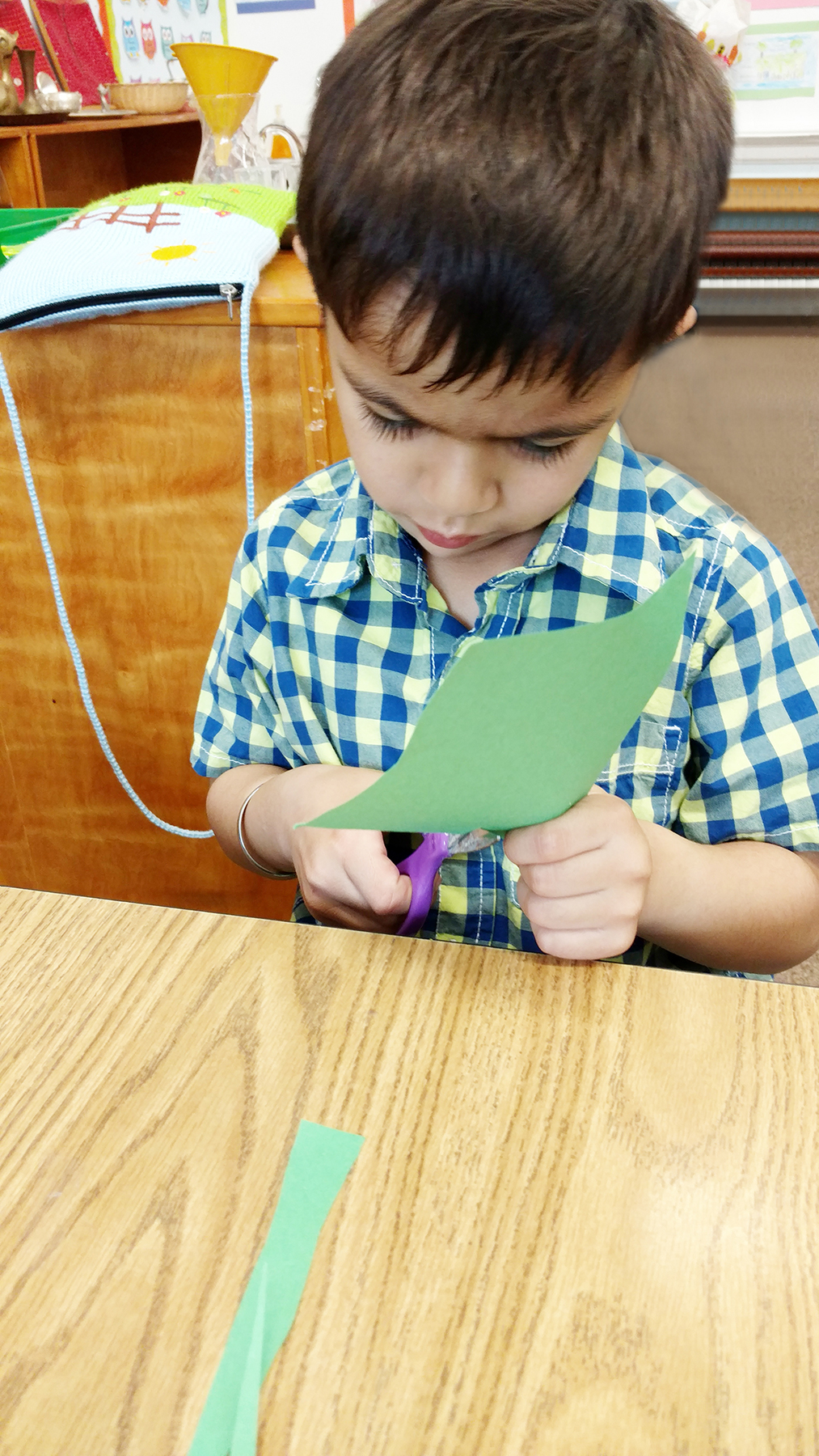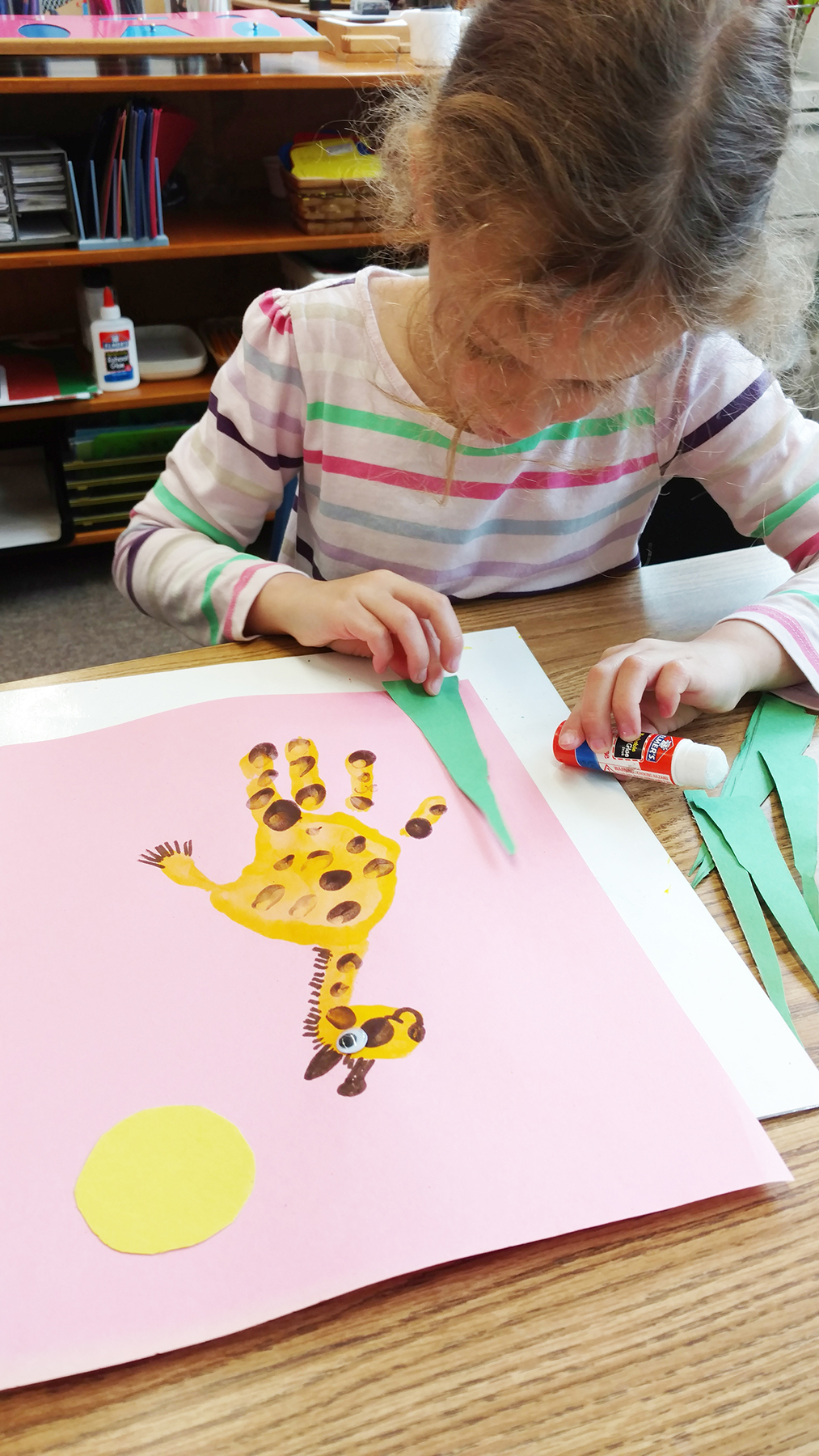This week during group time, our intrepid explorers imagined themselves boarding a flight to the green continent known as Africa. Africa is the second largest of the seven continents that we will be learning about.
With all of this dreary and chilly May weather the class easily imagined themselves submerged into lush greenery and a tropical climate.
The animal that piqued their interest the most was the giraffe. At an average height of around 5 m (16-18 ft.), the giraffe is the tallest land animal in the world. Giraffes live primarily in savanna areas in the sub-Saharan region of Africa. All of the children easily identified the giraffe by its distinctively long neck and long legs, they also eagerly chimed in on how much the giraffe's spotted pattern resembles the pattern also seen on a leopard.
In honor of these majestic creatures, the children created handprint giraffes with a construction paper landscape. Each handprint giraffe is just as unique and beautiful as the giraffe itself.
The materials that were used where tempera paint, construction paper, gluem and scissors.
Mrs. McNally asked the children, "Since the giraffe is the tallest animal, what advantage does this animal have over all of the other animals?"
All of the children's hands were raised. They all shared that a giraffe could easily eat all of the leaves at the top of a tree, where other animals could not reach.
The class also learned that the giraffe's main diet was the acacia trees. Their long tongues are helpful in eating because they help pull leaves from the trees. We observed another very distinctive feature found on giraffes. Both sexes have skin covered knobs, called ossicones, on the top of their heads. Female ossicones are smaller and have a small tuft of fur on top, while male ossicones are bald on the top. These knobs are used to protect the head.
Next week the students will explore several other animals that are indigenous to Africa!

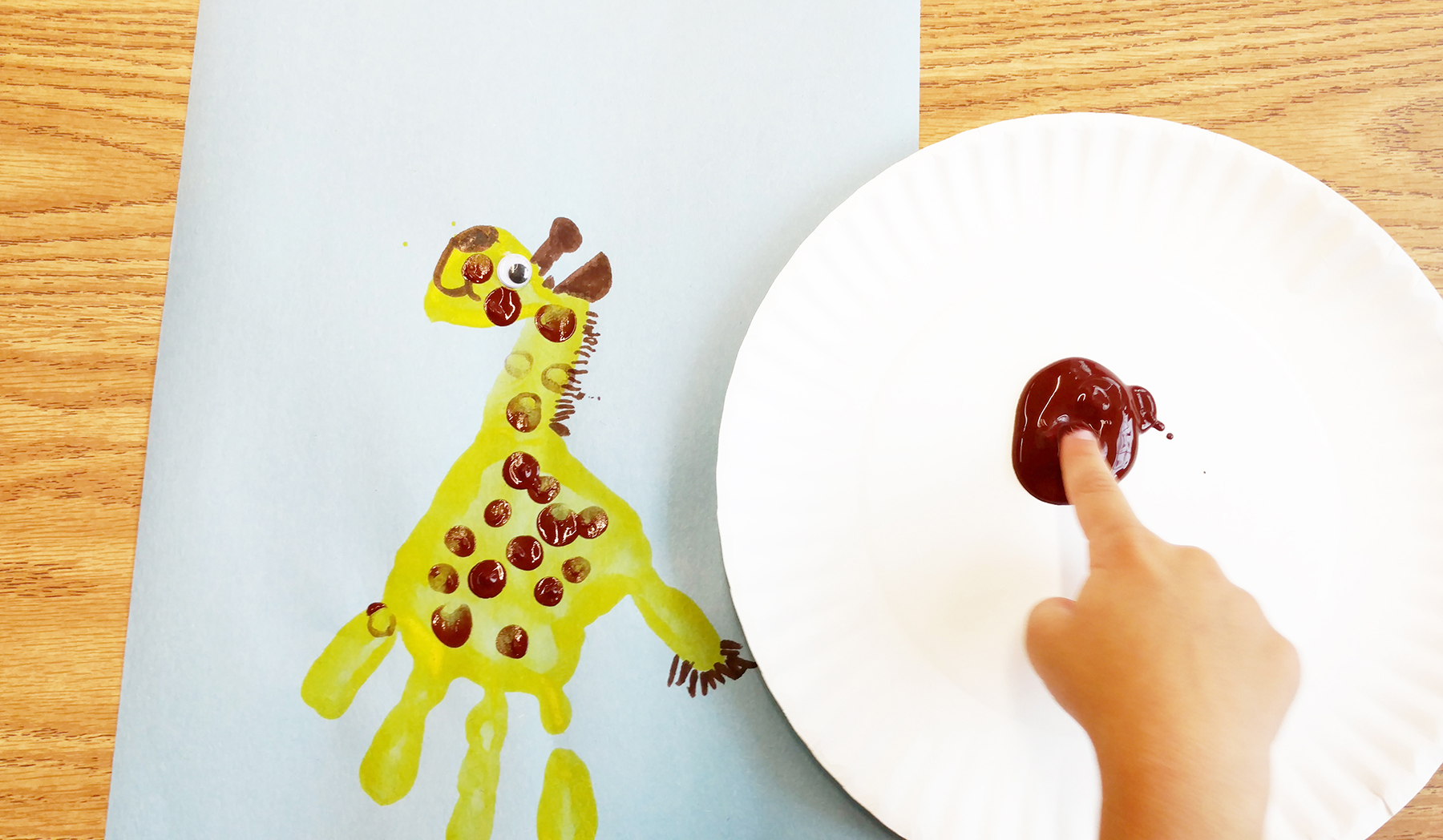
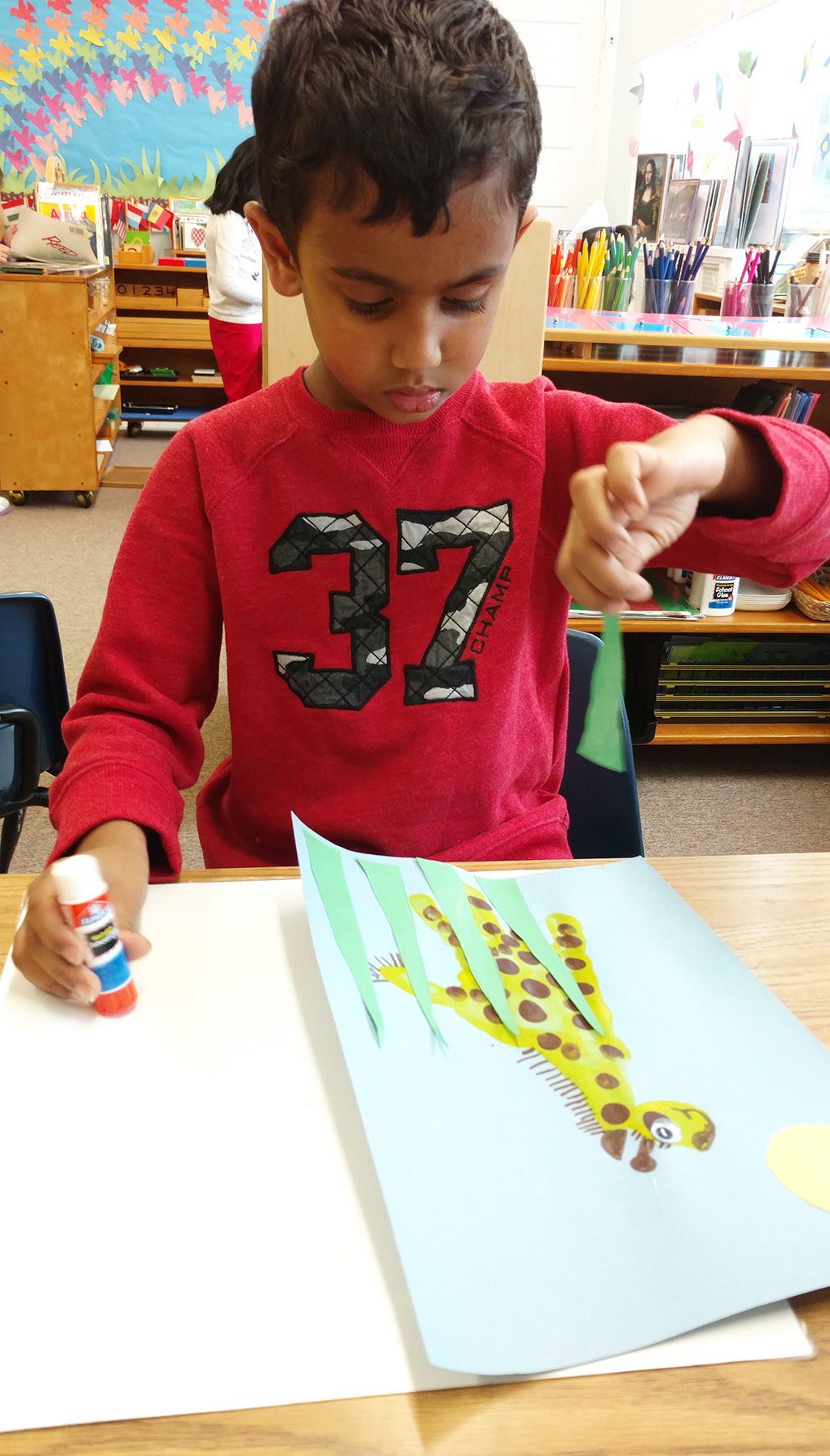

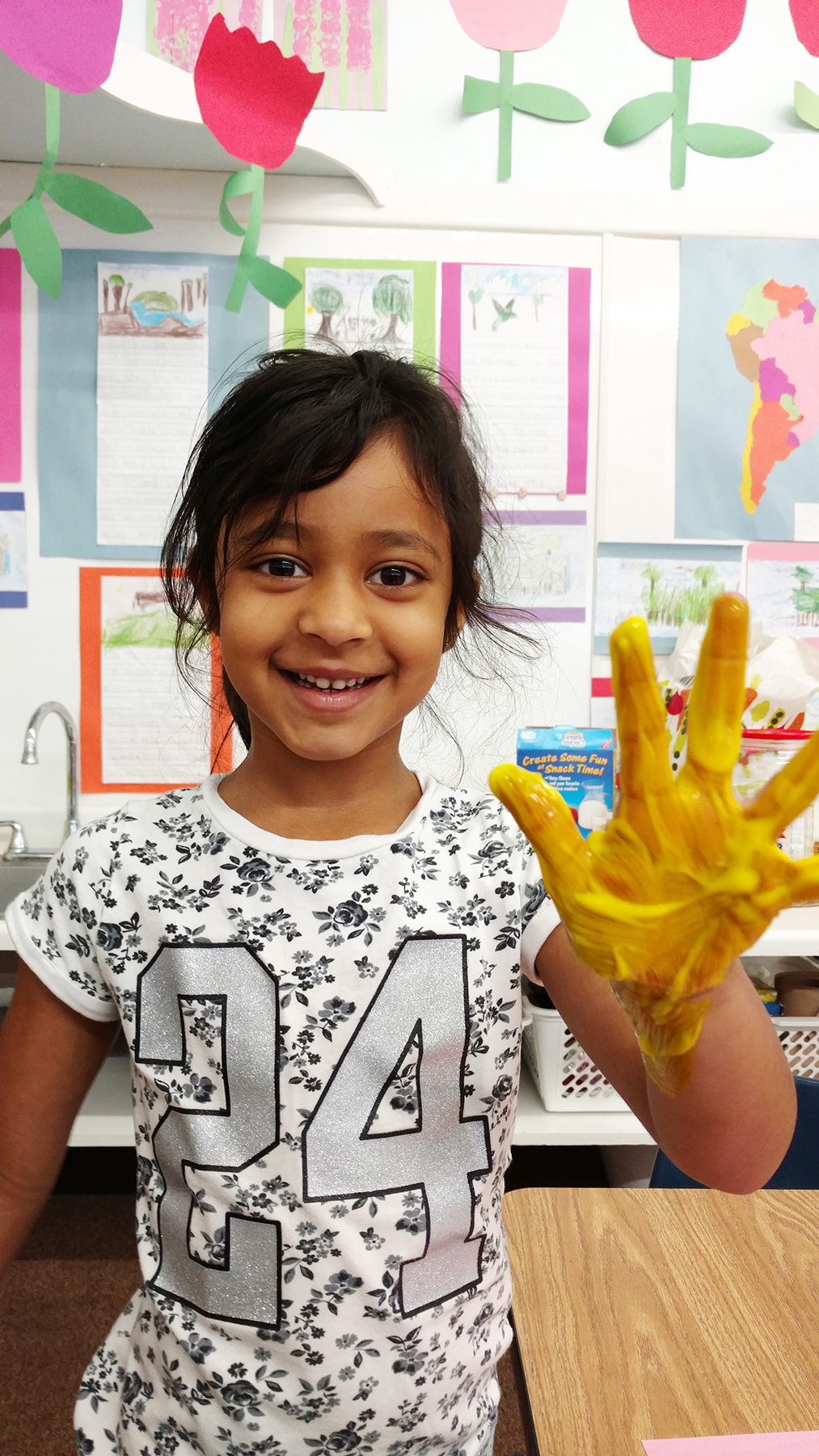
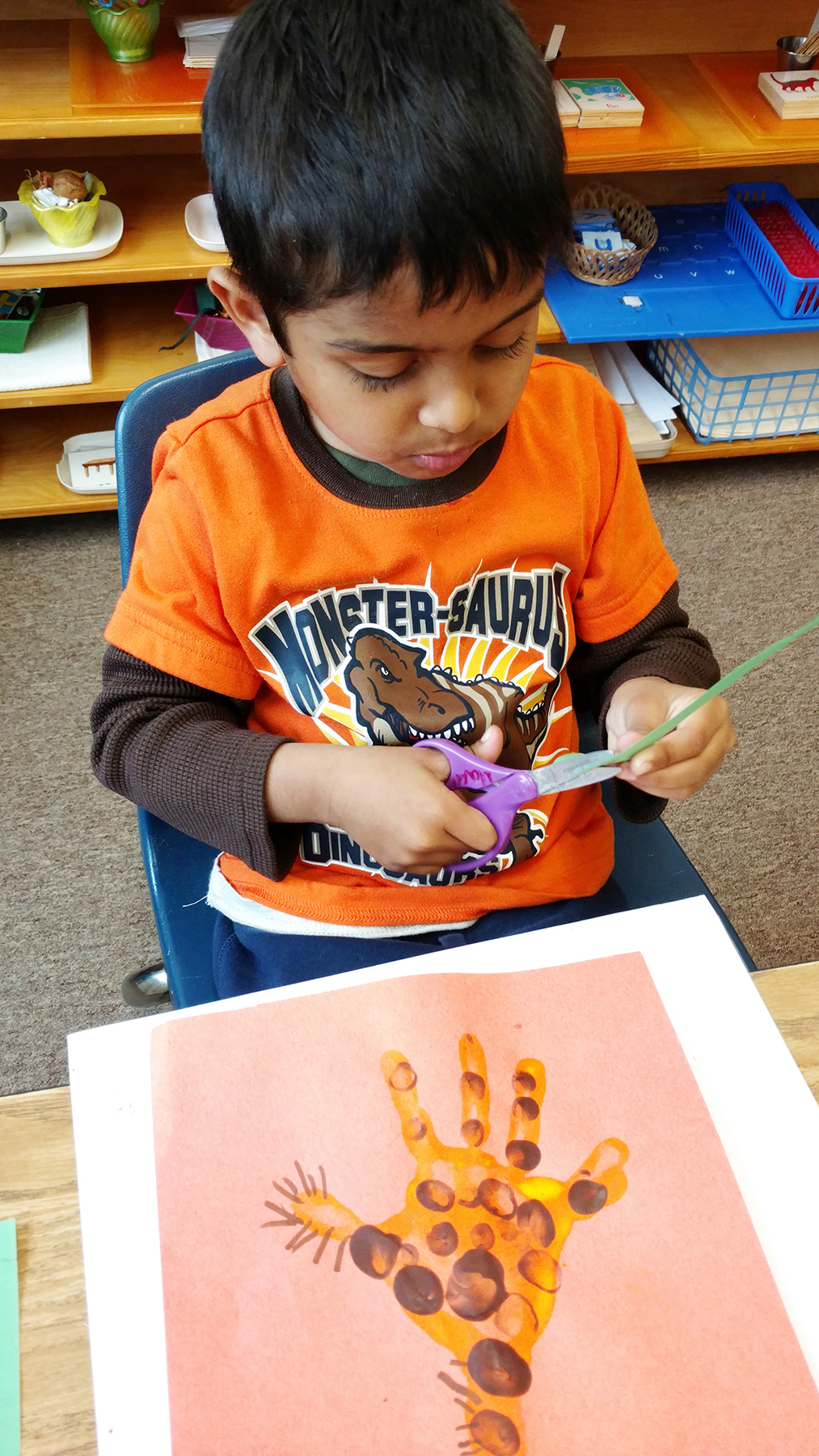

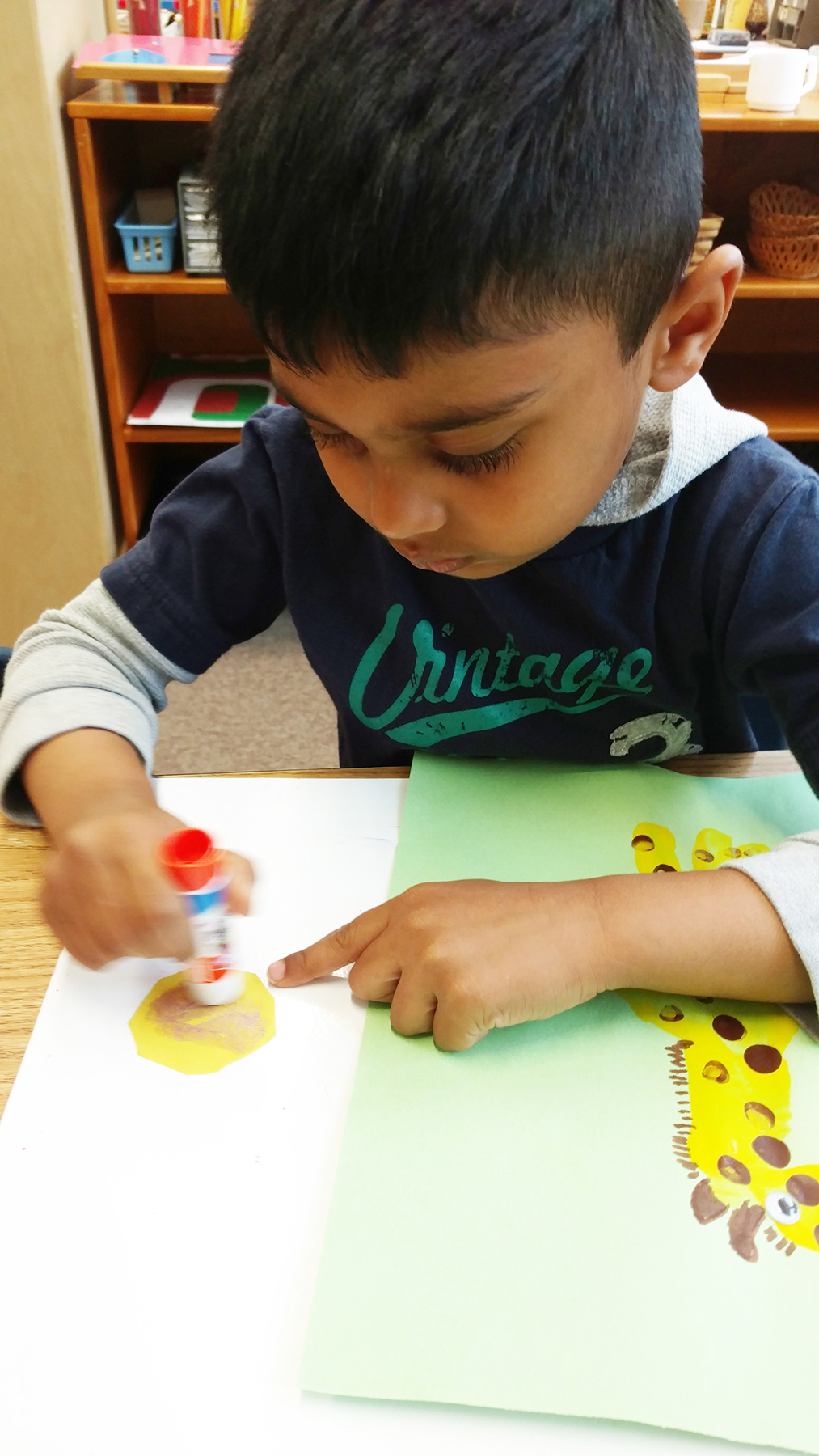
![IMG_20160505_092332325[1].jpg](https://images.squarespace-cdn.com/content/v1/550ade5fe4b0c59e902682d8/1462571738998-Z2TDEYM8AKTK1UN790YD/IMG_20160505_092332325%5B1%5D.jpg)
